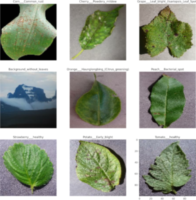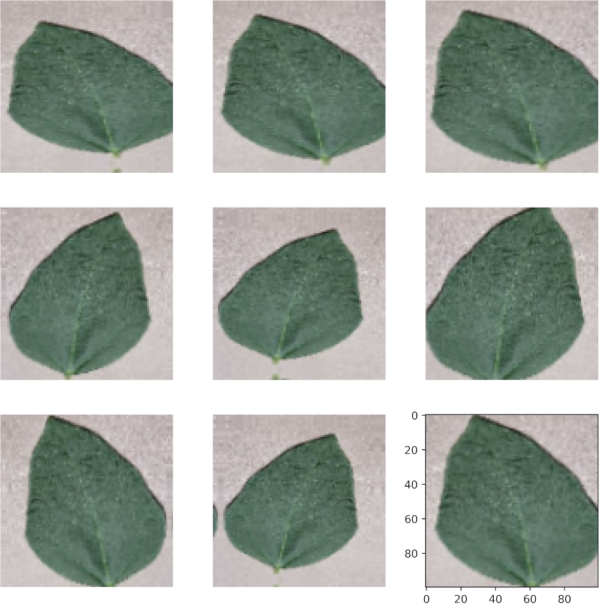Our Projects
Water Monitoring
Real-time Monitoring and Early warning system of Water Environment
We have initiated a project that aimed to R&D a Real-time Monitoring and Early Warning System of Water Quality in River in China using Machine learning, Wavelet Transformation, Internet of Things, Virtual Reality, Big Data Real-time Flow, .etc. This system will give a warning when there is water pollution emergency, and give a early warning when it predict there would be a pollution. It can also trace the transportation process and pollution sources. Besides, it also predicts flood and flooding areas using a Dynamic system and deep learning based model. This is a Chinese Project, so the langage on platform is Chinese.






River Health Estimation
Smart estimation system of rivers and lakes
This is another international cooperation project with Hydrological Bureau of Yantai Municipality, China. The main objective of this project was to create real-time system to estimate the health situation of rivers and lakes based on the case study of Menlou Reservoir, the key drink water source for the Yantai Municipality, China. This system estimates the water health situation into six levels,




Human Behaviors
artificial intelligence based approaches for Human behavior recognition
Human behavior recognition plays an important role in social interaction in various fields. This project proposed a skeleton key points and two-layer bidirectional LSTM-based Seq2Seq model (SB2_Seq2Seq) for human behavior recognition. An experiment was conducted to compare the proposed SB2_Seq2Seq with other five skeleton based models, including three LSTM-based Seq2Seq models with two-layer unidirectional LSTM (SU2_seq2seq), single-layer bidirectional LSTM (SB1_seq2seq) and single-layer unidirectional LSTM (SU1_seq2seq), respectively, and the traditional LSTM and CNN models. In addition, SB2_Seq2Seq were also compared with RGB video frame-based B2_Seq2Seq model (RB2_Seq2Seq). The UCF50 dataset was used for model evaluation, where 60%, 20% and 20% for model training, validation and testing. The experimental results show that the SB2_Seq2seq model achieves 93.54% accuracy with 0.0214 Mean Square Error (MSE), suggesting that SB2_Seq2seq has better recognition performance in terms of accuracy and MSE than all the other six models. Besides, compared with RB2_Seq2Seq, SB2_Seq2seq also greatly increases the training speed.





Plant diseases
Deep learning based models for Plant disease detection
Automatic identification of plant diseases timely and accurately is essential to improve plant products. The widely used state-of-the-art CNN-based models still faces challenges and limitations on leaf images with complex backgrounds due to lacking global receptive field and self-attention mechanism. This project proposed an automatic identification approach of plant leaf diseases based on the Vision Transformer (ViT) architecture without any convolution. The proposed ViT model was trained using an open PlantVillage dataset with 39 classes of 5,5448 leaves and background images. The dataset is randomly split into three subsets: training set (70%), validation set (20%) and testing (10%). Data augmentation method, dynamic learning rate reduction, and early stopping methods were used to avoid overfitting and save computation cost. The model achieved the best validation recognition accuracy of 97.05% with 100 training epochs and a test recognition accuracy of 97.11%. The results show that the proposed ViT model achieves state-of-the-art standard accuracy with better performance, higher degree of robustness, and lower computation cost compared with popular state-of-the-art CNN-based architectures.






